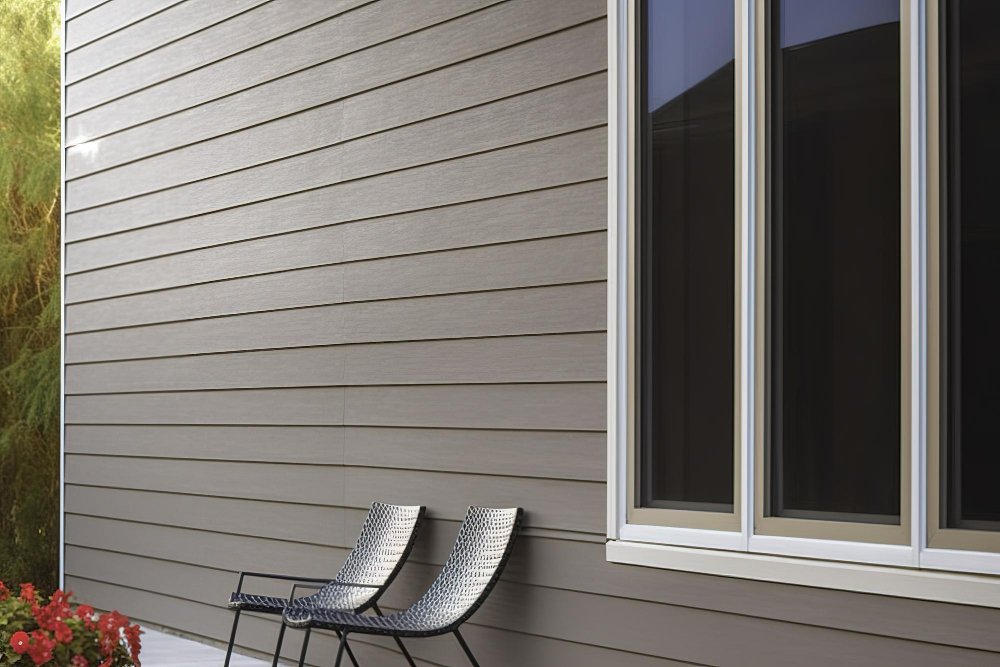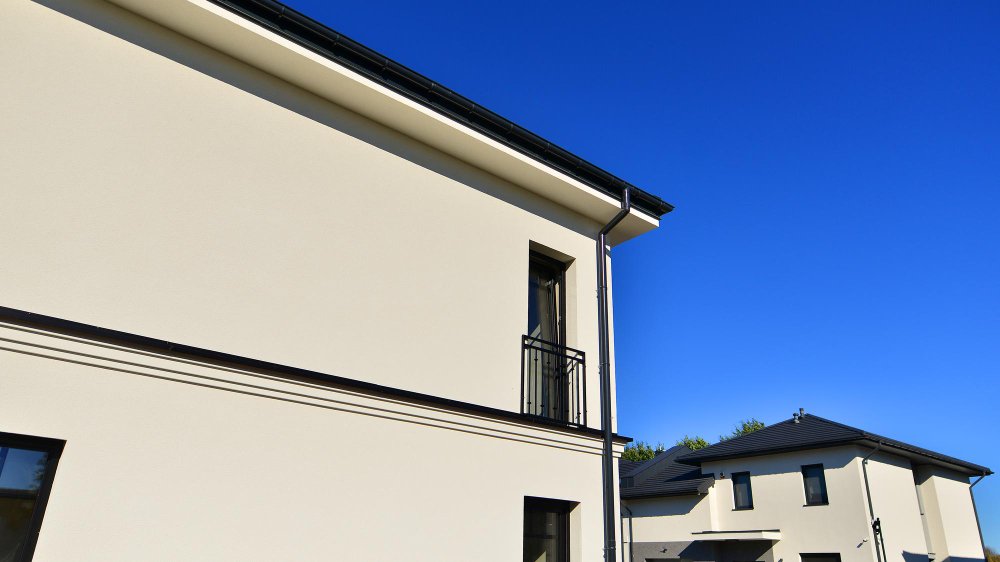
Cement Siding vs. the Rest: Which Exterior Truly Lasts?
- California Remodels Guide
- Posted on
When you stand in front of a beautifully finished home, your eyes immediately take in its shape, its lines, and its textures. But beneath that first impression lies an equally important truth—how well that exterior will age, weather, and protect the home you’ve invested in. In outdoor living and home design, siding is not merely an aesthetic choice. It’s a decision that can define both the look and longevity of your home for decades.
Today, we’ll examine cement siding against its most common competitors—wood, vinyl, and engineered wood—to see which material truly delivers on the promise of lasting beauty and performance.
1. Cement Siding: A Marriage of Strength and Style
Cement siding, often known as fiber cement, is composed of cement, sand, and cellulose fibers. The result is a material that is remarkably strong, non-combustible, and resistant to termites and rot. Beyond durability, its design potential is vast—it can mimic wood grain, present a smooth modern profile, or even resemble stone.
Its greatest appeal? The ability to balance timeless beauty with minimal maintenance. A properly installed and painted cement siding can last 30–50 years with only periodic cleaning and repainting every 10–15 years.
2. Wood Siding: Natural Beauty, Higher Demands
Wood siding has a certain romance to it—the warmth, the texture, the organic authenticity. However, in Sacramento’s climate, wood requires a vigilant maintenance schedule. It is susceptible to rot, insect damage, and warping, particularly in areas with seasonal moisture or intense sun. While its life span can stretch to 20–40 years with exceptional care, it comes at the cost of frequent staining, sealing, or painting.

3. Vinyl Siding: Low Maintenance, Limited Elegance
Vinyl siding became popular for its affordability and low maintenance requirements. It resists rot and insects, and never needs painting. Yet, in a comparative sense, vinyl often lacks the depth and richness of natural materials or well-crafted cement siding. Over time, exposure to strong sunlight can cause fading and brittleness. Its life span typically ranges from 20–30 years, but its aesthetic limitations may deter those seeking a high-end exterior finish.
4. Engineered Wood: A Compromise Between Looks and Performance
Engineered wood offers the visual appeal of natural wood with enhanced resistance to pests and moisture. It’s lighter than cement siding, easier to install, and can be more affordable. However, it is still more vulnerable to moisture infiltration than cement siding and requires consistent upkeep to protect against swelling or decay. Lifespan estimates range from 20–30 years with proper maintenance.
The Comparative Verdict
| Siding Type | Average Lifespan | Maintenance Level | Aesthetic Versatility | Durability |
|---|---|---|---|---|
| Cement Siding | 30–50 years | Low | High | Excellent |
| Wood Siding | 20–40 years | High | Very High | Fair |
| Vinyl Siding | 20–30 years | Very Low | Moderate | Moderate |
| Engineered Wood | 20–30 years | Medium | High | Good |
When viewed side-by-side, cement siding consistently offers the longest lifespan with some of the lowest maintenance requirements, without compromising on aesthetics. It stands as a premium choice—an exterior finish that can endure the elements while maintaining its elegance.
The Final Word
Choosing your home’s exterior is more than selecting a color or texture—it’s an investment in its future. Cement siding delivers a rare balance: the timeless visual appeal designers love, and the durability that homeowners can rely on. For those seeking an exterior that will look as refined in twenty years as it does today, it may well be the most enduring choice.
Call to Action:
If you’re planning an exterior upgrade, explore cement siding as your foundation for lasting beauty and protection. Your home deserves nothing less than a finish that will stand the test of time—gracefully.
